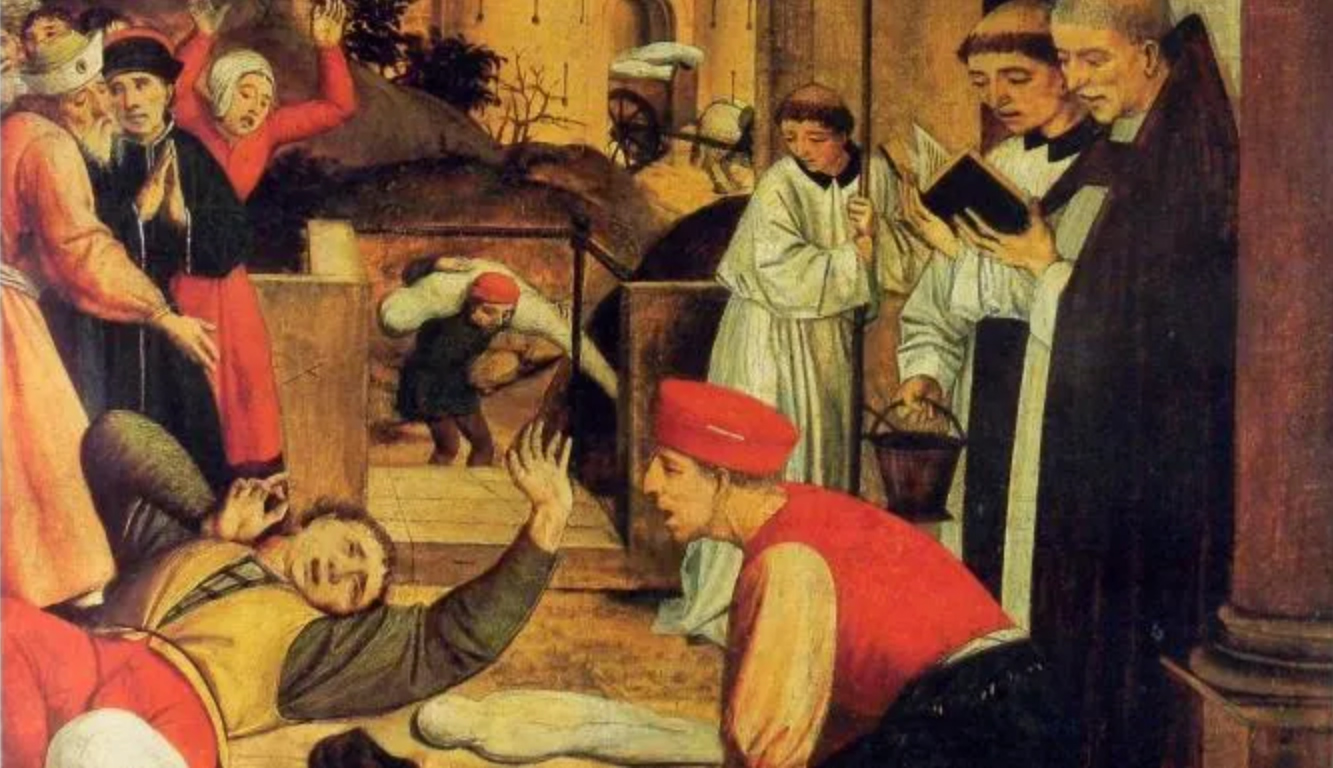Justinianic Plague Not a Landmark Pandemic?
December 2, 2019 – Until recently, the Justinianic Plague was thought to have killed up to half of the population of the Mediterranean between 541 and 750 CE. Departments of Biology and History professor Tim Newfield and a team of interdisciplinary researchers analyzed diverse datasets that evidence landscape, economic and demographic trends and found that this disease outbreak likely resulted in far fewer deaths than previously imagined.
First Cross-Discipline Analysis
Led by researchers at the University of Maryland’s National-Socio Environmental Synthesis Center (SESYNC), Newfield and a team of international scholars argue that the common claim that this plague’s effects were massive is poorly founded. Their paper, which is the first of its kind to combine a large set of data from various fields of study, found no concrete evidence that plague caused dramatic mortality in late antiquity.
“While plague studies is an interdisciplinary, demanding field of study, most plague scholars rely solely on the types of evidence they are trained to use,” says Newfield. “We are the first team to look for the impacts of the first plague pandemic in very diverse datasets. We found no reason to argue that the plague killed tens of millions of people as many have claimed. Plague is often construed as shifting the course of history. It is an explanation, but it is essential to establish a causal connection. We did not find that in our study. ”
About the Research
The research team, which collaborated through Princeton’s Climate Change and History Research Initiative (CCHRI) examined contemporary written sources, inscriptions, coinage, papyrus documents, pollen samples, plague genomes, and mortuary archaeology.
They focused on the period known as Late Antiquity (300-800 CE) that included major events such as the fall of the Western Roman Empire and the rise of Islam—events that have been attributed to plague. The team found that previous scholars have focused on the most evocative written accounts, applying them to other places in the Mediterranean world while ignoring hundreds of contemporary texts that do not mention plague. By combining and examining several data sets, Newfield and his team were able to more accurately assess the effects of this plague.
“Our article is the first time such a large body of novel interdisciplinary evidence has been investigated in this context,” said author Lee Mordechai, a senior lecturer at the Hebrew University of Jerusalem, and co-lead of CCHRI. “If this plague was a key moment in human history that killed between a third and half the population of the Mediterranean world in just a few years, as is often claimed, we should have evidence for it but our survey of datasets found none.”
Many of these datasets, such as agricultural production, and burial practices, show that trends that began before the plague outbreak continued without change. Pollen data was analyzed that indicated that there was no decrease in agricultural production associated with plague mortality.
Data regarding burial practices, a well-known effect of large epidemics, also showed no signs of increasing mortality rates around this plague. In contrast, the fourteenth-century Black Death resulted in many mass graves and overall changes to burial practices due to the devasting number killed by this disease. The Justinianic Plague however seems not to have had any discernable impact on burial practices, indicating that the death toll was not nearly as high as previously thought.
The researchers also reassessed available plague genomes to trace the origin and evolution of the plague strains responsible for the outbreak, which certainly killed people across Eurasia, though the exact number is unknown.
History and Biology
Newfield joined this study as part of Georgetown University’s Environment Initiative. His focus on the history of infectious disease and climate in the first millennium CE is inspired by his passion for discovering and communicating the complexities behind the spread of disease.
Newfield believes that by using diverse data to analyze past disease epidemics such as the Justinianic Plague, researchers across disciplines will gain a more accurate understanding of both history and biology that will aid humanity moving forward.
-by Shelby Roller (G’19)
